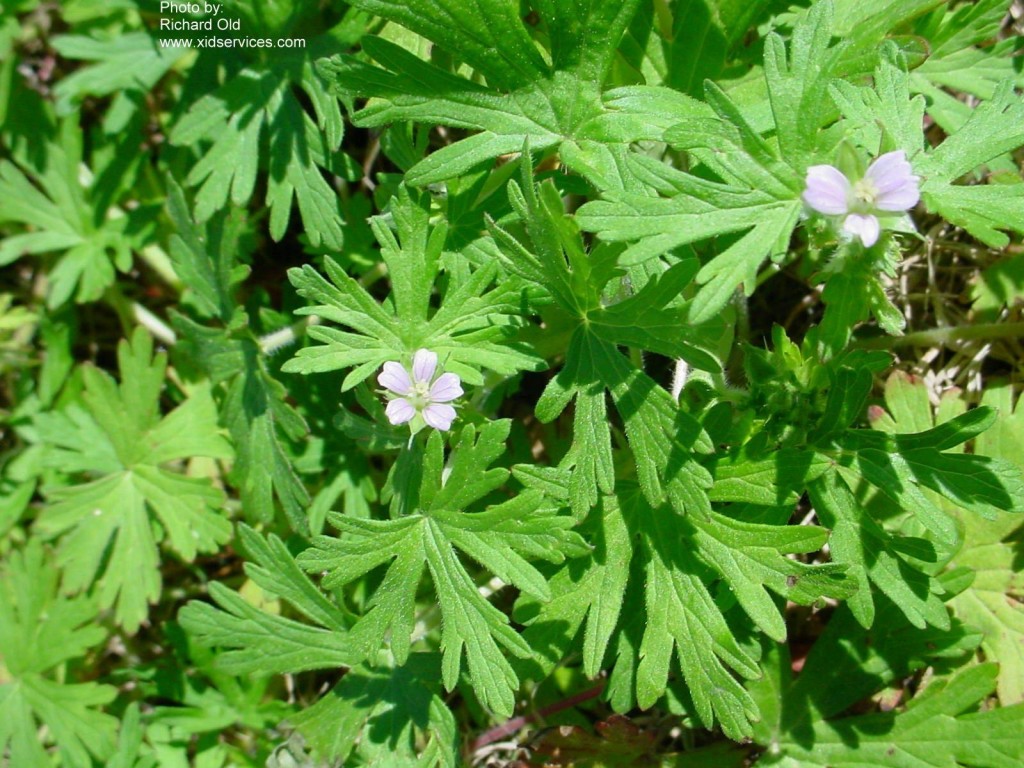Purslane
Purslane’s scientific name is Portulaca oleracea. This one is interesting because it can be seen as an invasive weed or something great to eat. It is native to India and Persia and has spread to many places around the world. In some cases it spread by accident, but other times it was spread on purpose because many people like eating it and brought it with them to plant.
Purslane has fleshy leaves and stems. Almost reminiscent of aloe plants or other succulents. The University of Illinois Extension program has a nice article about purslane which was one of the sources for this.
Purslane as Weed
Now, if you want to control it and consider it a weed, the first thing to know is that it is an annual. Therefore it is critical to not let it go to seed. Even if you leave some of the plant, get the flowering portion. The seeds can remain in the soil for as much as 40 years and still be able to grow. During the growing season, it can sprout from sections of stem as well. So if you chop it up and leave it there, bad move, you will just get more purslane.
It likes a soil temperature of 90 degrees or more. Therefore it tends to germinate in June and on into the summer. Pre-emergents like Preen are effective for about 3 months. So many people put Preen on first thing in the spring and then forget to spread it again in June or July. This gives purslane and other plants a foothold.
Purslane as Food
Purslane used to be eaten commonly and in many parts of the world still is. Mother Earth News has a nice article about it as a food and health food. It has started to make a resurgence in restaurants that are into local produce and in farmer’s markets. It is high in Omega-3, so it is very healthy and beneficial to eat.
Purslane has a lemony flavor and because of the fleshy leaves and stems is crunchy. When it is young, it is quite good in sandwiches and salads. It can also be stir fried and used in place of spinach. If you make pesto, try mixing some in to that too.
Purslane as Health Food
You will wonder why more people don’t eat purslane when you find out what is in it, which is rather remarkable.
It has more Vitamin E and Omega-3 fatty acid (alpha-linolenic acid or ALA) than any other plant. If you think spinach is good for you, purslane has 6 times as much vitamin E. And what about carrots and beta carotene? Purslane has 7 times as much! And if that is not enough, it is also has magnesium, potassium, riboflavin, phosphorus, and vitamin C in abundance.
The human body doesn’t produce vitamin C or essential fatty acids. They must be eaten and the current American diet high in processed foods has no where near enough Omega-3 which has been linked to increasing heart problems and other health issues.…

